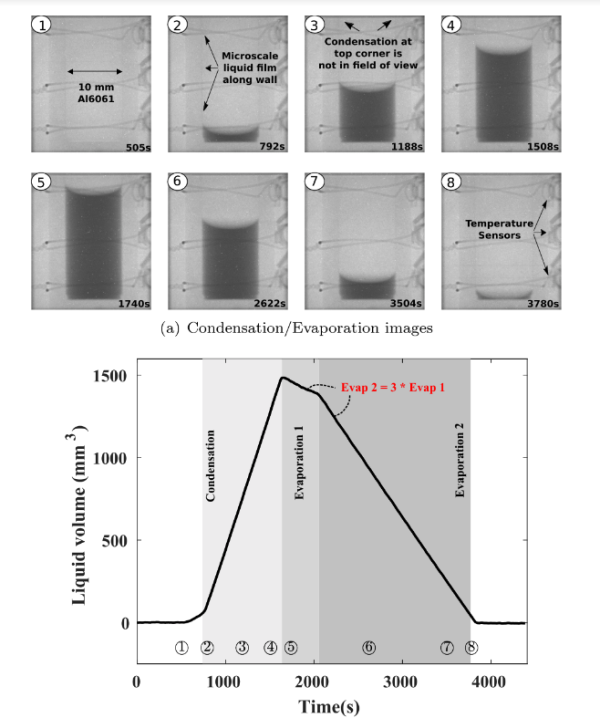November 6, 2023
Professor Hermanson’s publication selected as Cryogenics Best Paper for advancement of propellant modeling.

As we are headed to more frequent long-range missions in space, we will need more reliable and efficient rocket fuels to go that distance. Liquid methane and liquid hydrogen are great candidates, but even with the very cold temperatures in space, these fuels can still boil-off at -258°F and -423°F, respectively. This makes them difficult to store reliably. and we don’t yet fully understand their behaviors in space conditions.
A&A professor Jim Hermanson and his research colleagues from the University of Cincinnati, Michigan Technological University, and the National Institute of Standards and Technology (NIST), won the 2022 Cryogenics Best Paper award for advancing the understanding of cryogenic propellant evaporation and condensation, which will contribute to more efficient space missions in the future.
Understanding the behavior of cryogenic propellants is critical for long-term space missions in that we will need to store these propellants on orbit where the boiling-off and vapor loss are major concerns.”
The current understanding of cryogenic phase change and boil-off is limited, in part, because we still don’t fully understand the fluid physics, and the available experimental data show a wide range of uncertainty.

One set of results from an evaporation/condensation experiment with liquid hydrogen. Images 1–4 show condensation while 5–8 depict evaporation. The volume of the liquid is calculated through image processing and shows two distinct evaporation zones where the observed rate from zone 2 is 3 times that of zone 1.
The researchers used a helium-cooled cryostat to cool down hydrogen and methane to cryogenic temperatures at the BT-2 Neutron Imaging Facility at NIST. They induced phase change through precise control of pressure and temperature and used neutron-beam imaging to visualize the cryogenic liquids, providing new, detailed information on phase-change behavior.
At the UW, Professor Hermanson and his research group in A&A’s Aerospace Thermal Lab provided a detailed numerical simulation of the heat-transfer behavior associated with the phase change. He said, “The challenge was that there were only temperature measurements at a few points, so we needed numerical modeling to take into account changes in thermal properties of the test cell material to accurately determine the actual heat flux into and out of the liquid.”
This research provided the first known images of the evaporation behavior of these cryogenic rocket fuels and showed how the rates of this phase change depend on the wall materials and geometry, major sources of uncertainty in previous experiments. This new information is vital to the accurate prediction of the boil-off and vapor loss of these propellants.
Results from neutron imaging phase change experiments with LH2 and LCH4
Kishan Bellur, Ezequiel F. Médici, Daniel S. Hussey, David L. Jacobson, Jacob LaManna, Juscelino B. Leão, Julia Scherschligt, James C. Hermanson, Chang Kyoung Choi, Jeffrey S. Allen. Cryogenics, Volume 125, July 2022, 103517.